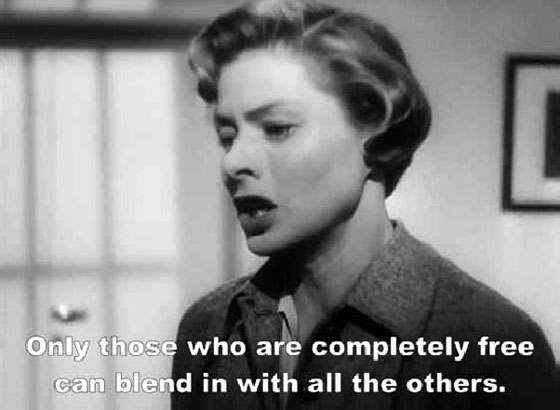
“Russell Brand may have started a revolution”, a headline reads. “Brand nails the political zeitgeist”, says another. Why is it that Brand’s recent interview on BBC’s Newsnight sparked so much attention? A video of his discussion with Jeremy Paxman went viral overnight, popping up all over the global infosphere. Why is it that so many who otherwise would not even think of striking up a conversation about the necessity or possibility of change, seem to get all worked up when seeing a “trivial man” like Brand call for revolution? After all, he is not saying anything we don’t already know: indeed, the world is full of dark shadows, terrible injustices, growing social and economic inequalities; yes, in the name of the crisis, all aspects of life have increasingly been submitted to the laws of the market; yes, the notion of liberal democracy is hollowed out by an excessive diet of cynicism, corruption and indifference; surely, many of us feel afflicted with a wearying syndrome of apathy, impotence and nihilism; and yes, this sense of political disappointment has been appropriated equally by right-wing and left-wing discourse, the first driven by outright rage, the latter steeped in dreary melancholy. These are not trivial matters, nor, by any means, should they be trivialized. But isn’t this just what is happening, Paxman seems to suggest, when they are being taken up by a buffoon – he who can never resist a joke, he who lacks good taste and refinement – who is really “out of place” and “out of line” when trying to voice political concerns? But perhaps what strikes us is not what the celebrity fool is “inexpertly” saying for our own amusement, but precisely the out-of-placeness of his voicing, and the condescending attitude with which it is being condemned.
Perhaps, we too, are tired of hearing how unrealistic and utterly naive it is to try to think about change without being able to put forward a well-defined alternative. Perhaps we are just affected by the proclamation that this man, however vain he may be, just doesn’t know either. And perhaps we are slightly tantalized by the thought that it is not the point of knowing where to go, as long as we dare to take a leap of faith, led us lead by what the act itself holds as possibility. For how long now have we been hearing the rhetoric of illusion and incapacity coming from the mouths of the so-called specialists? “Forgive them, for they don’t don’t know what they do” is the never ending mantra preached by those who, yesteryear, claimed to know what was needed to break with the dominant ideological illusions, and today, complain that there are no ideologies left to guide the quest for change. To take action, so the argument goes, only makes sense when there is a sense of direction. If there is no direction, there is no point in mobilizing for change. It implies that “realistic” and “democratic” politics can only be a matter of creating alliances, setting out strategies and managing common economic interests, all univocally in the name of a non-conflictual principle of community or identity. That is what the political horizon of the thinkable is today, defined by the logics of what is called capitalism and liberal democracy. Without a view on another future, we can only keep circulating, or as the police always says in case of disturbances: “move along!” It really means that change can be nothing else but moving in place.
But do we really need what Badiou has called “the existence of the inexistent” to give sense to political processes? Is framing a future not part of (political) invention itself rather than being its condition of possibility? In the words of Rancière: “if people are moving today we don’t quite know what we are moving towards, which perhaps obliges us to shift the question into the logic of what we said earlier about the fact of ‘coming after’ – namely that, perhaps now more than ever, the meaning or direction [sens] of the action is given by the potentialities of the action itself.” We have seen in recent years how sentiments that were deemed useless and senseless have led to a renewed trust in political action. What was important in these cases was not so much the attempt to unveil the illusions and laws of the system in name of a better future, but precisely the emergence of a new collective sentiment, based on a certain intolerance with the dominant order and, at the same time, of a communal trust amongst those who are searching for a way out, unsure of their orientation. Perhaps this is what is appealing in Brand’s plea for “revolution”: not the spectacle of a clown whose only concern should be to amuse others, deliriously ranting about what is obviously not his to talk about, but the recognition of a “trivial man” who speaks out about what is, more than anything else, ours to say and do. Perhaps the court’s jester is, after all, not betraying our grievances, but urging us to all play the fools at the king’s table.
